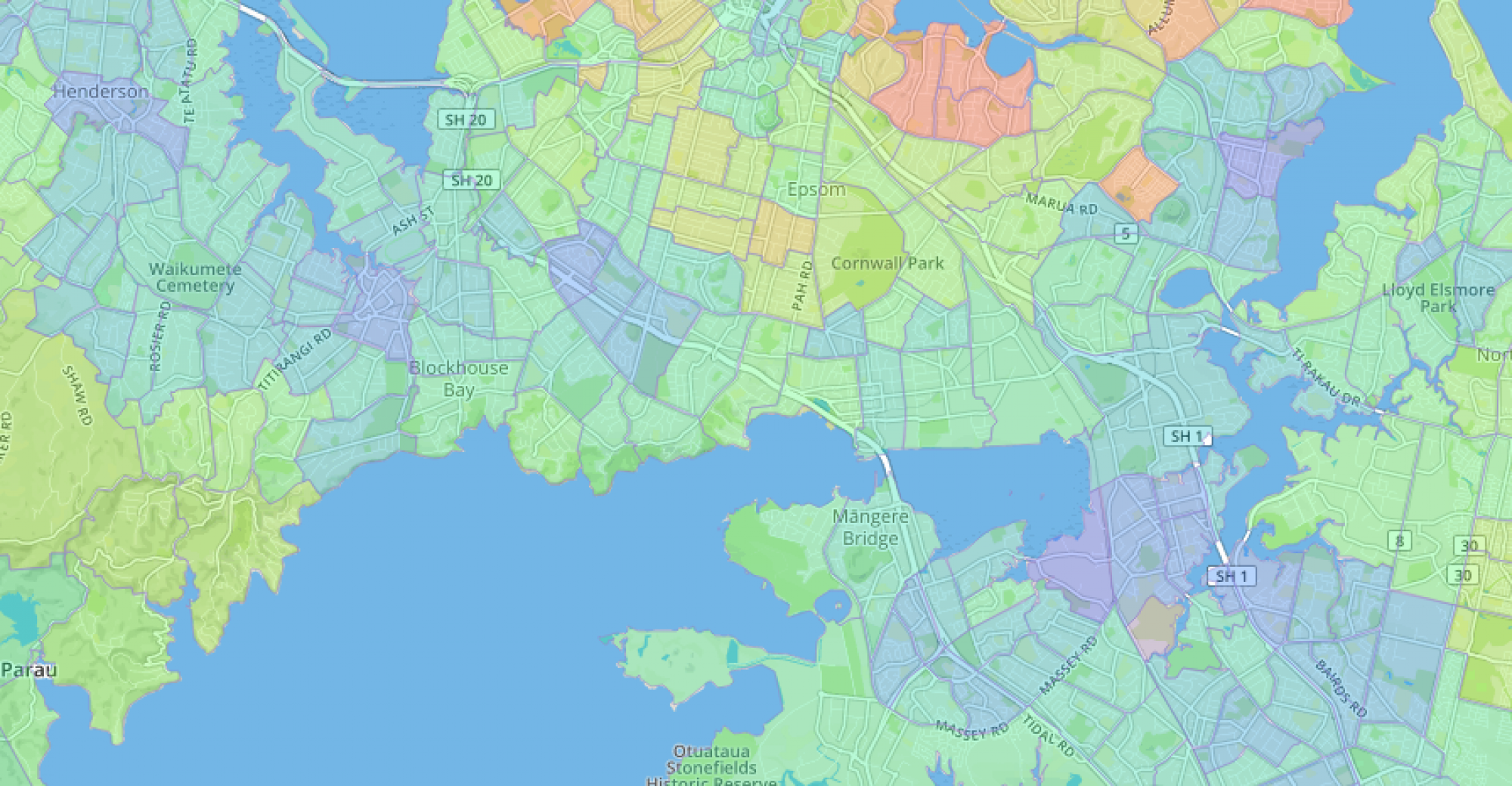Icepick Consulting was started by me, Simon Fraser, to work with New Zeland businesses to build clever, web-based applications. I have a background as a software engineer, designer, project manager, and manager of tech teams.
We typically use Php, Postgres, and Javascript. We host on a Linux/Apache platform.
A bit of history…
In 1996 I started working for Clearview Communications, an IT company that had formed from ex Air New Zealand IT staff. Having worked as contractors in the US, they saw the birth of the internet as an interesting opportunity. I worked as a software engineer and graphic designer for Clearview on some very interesting projects, National Business Review was an early pioneer at taking publications online with web portals and transferring their advertising models to the internet. The New Zeland Herald also took an early leap at taking a print publication online.
Back then most websites were written in HTML and were pretty much static brochures for the small number of businesses online. Clearview stood out in that they were building dynamic web apps with SQL Server database back ends and delivered with Microsoft’s APS or Cold Fusion from Allaire. The NZ Herald runs on Cold Fusion to this day.
1999 was an interesting time in mobile telephony, it saw the first steps into data capability, initially with Circuit Switched Data, then GPRS. At this time we were working closely with Vodafone and Clear to build Vodafone.net, a self-service portal for Vodafone customers. We built some of the first phone web-based apps, using WAP, an XML based mark-up language.
The web portal allowed you to configure your preferences for components you saw on your phone via the mobile wap site, email accounts, NZSX shares, sports codes, and the like.
Using WAP & Cold Fusion, we built a very early phone-based email service, allowing the lucky and much-lionised users of the Nokia 7110 or Ericsson R380 to check the current value of their share portfolios or reply to their work emails from a long lunch at the pub. The 7110 was a superb piece of product design that would stand up to this day, it’s roller-click thingy was the absolute best option for navigating list menus.
 |
The Nokia 7110 made you look like a Norse god on an important call to Odin, but cost as much as a Ford Fiesta. |
Using Cold Fusion and a connection to Vodafone’s SMSC, we built Web2Txt, allowing users to create a contact list and send texts to multiple people from their desktop.
“A portal, which contains the information that people want. Customers will access this information via Vodafone’s WAP portal at vodafone.net.nz. It contained information such as the latest news, sports results, weather information, and even your daily horoscope.”- proclaimed the press release, when it launched in 2000.
Clearview was a great company and I have many friends from those days, we worked on some high profile projects, doing some quite leading-edge work. I bought shares in the company and became a director. I can’t say that a young and feckless Simon offered much in the way of governance, but being on the board of an IT company with 50 or so employees was educational.
We sold Clearview to Liberty One and became Zivo, but continued to build web applications for large corporate clients.
With the DotCom bubble bursting, Liberty One was in trouble and Zivo sold to TelstraSaturn.
I worked as the Internet Development Manager at TelstraSaturn and TelstraClear as it became, with our development work being a mix of internal focus and existing corporate clients. The tech stack became a bit more telco scale focussed with Oracle as the database of choice and JSP / Java bean the server-side language of choice.
TelstraClear was an interesting mix of Telco, ISP, and content provider, with a cable TV network in Wellington and an eye on the emerging delivery of video over a data connection. Initially, this was over T-box, a set-top box that competed with MySky. We built the user interface for the T-box, an interesting challenge for web developers as a TV remote is a very limited user interface compared with a mouse and keyboard.
Set-top boxes were destined to be replaced by streaming video over the internet as soon as broadband speeds were up to it.
Clearnet Portal was TelstraClear’s video content delivery portal, and I returned on contract as Icepick to work on it. Content was made in-house as well as re-sold. It’s commonplace now, but seamlessly streaming video content was fairly new and we built our own javascript-heavy interface. Lots of coding was required to sample, resize, and convert video automatically as well as serve it up as a stream.
Another strange anomaly of the time was the blackberry; sporting a full mini keyboard, they were utterly horrid but wielded with pride by the young corporate thrusters who bore them.
I left TelstraClear to set up Icepick in 2006, a software development business focussing on mobile and geospatial applications.
The iPhone launched in 2006, and Android phones wer’nt that far behind.
